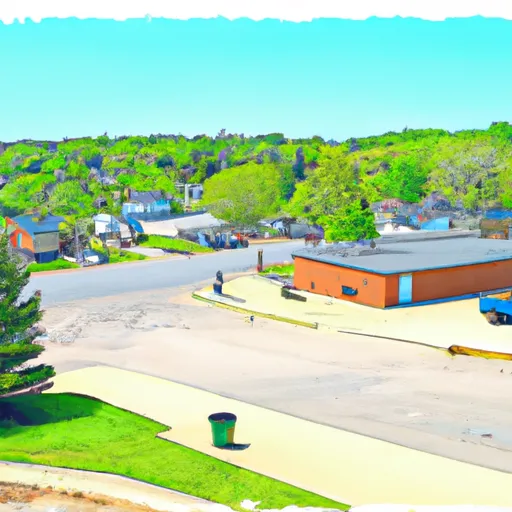°F
°F
mph
Windspeed
%
Humidity











Mikana, Wisconsin is a small village located in Barron County, in the northwestern part of the state. The village experiences a humid continental climate, characterized by cold winters with average temperatures ranging from 10°F to 30°F and warm summers with temperatures averaging between 60°F and 80°F. Precipitation is evenly distributed throughout the year, with an average annual rainfall of around 30 inches.
Hydrologically, Mikana is situated near the shores of Long Lake, a popular freshwater lake known for its diverse aquatic ecosystem. The lake offers excellent fishing opportunities, including species such as muskellunge, walleye, and panfish. Additionally, the nearby Red Cedar River provides opportunities for kayaking, canoeing, and wildlife viewing.
Outdoor enthusiasts in Mikana can enjoy a variety of recreational activities in the surrounding natural areas. The area is home to several state parks and forests, offering opportunities for hiking, camping, biking, and hunting. In the winter, residents and visitors can enjoy snowmobiling, cross-country skiing, and ice fishing on the frozen lakes. With its beautiful natural surroundings, Mikana provides an ideal location for nature lovers and outdoor adventurers.
Weather Forecast
Mikana receives approximately 827mm of rain per year, with humidity levels near 84% and air temperatures averaging around 6°C. Mikana has a plant hardyness factor of 4, meaning plants and agriculture in this region thrive during a short period during spring and early summer. Most plants will die off during the colder winter months.
Regional Streamflow Levels
577
Cubic Feet Per Second
1,110
Cubic Feet Per Second
153
Cubic Feet Per Second
14
Cubic Feet Per Second
Nearby Camping
| Camping Area | Reservations | Toilets | Showers |
|---|---|---|---|
| Hermann City RV Park | |||
| Frank Russell | |||
| Paydown Access - MDC | |||
| Ray Behrens | |||
| Graham Cave State Park | |||
| Wakonda State Park |



